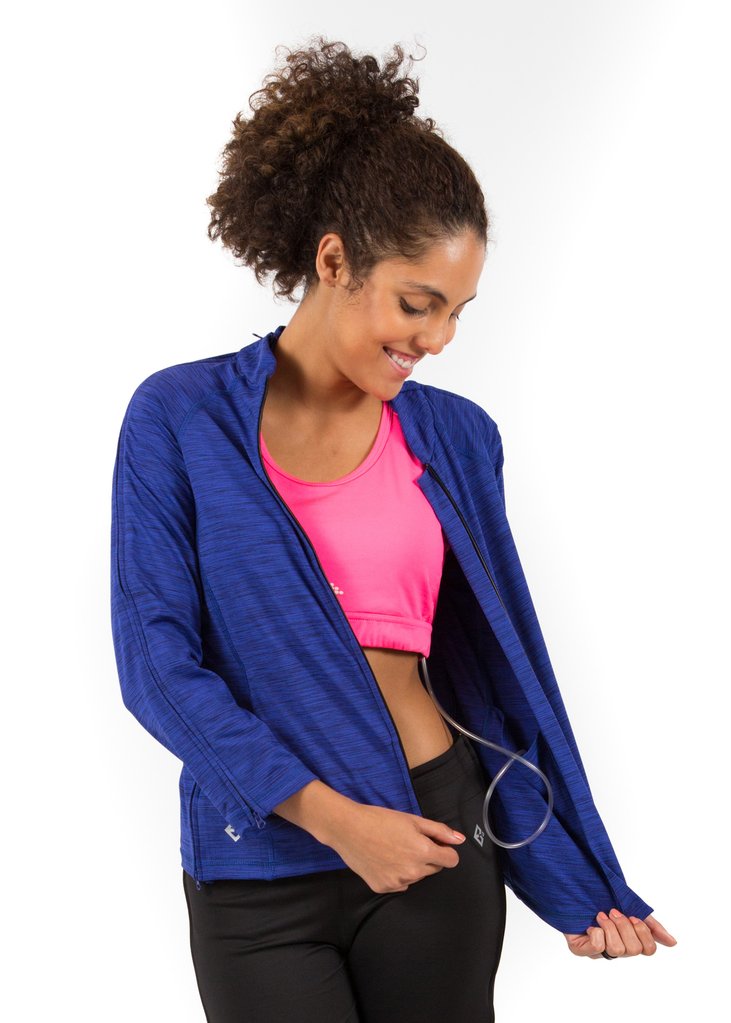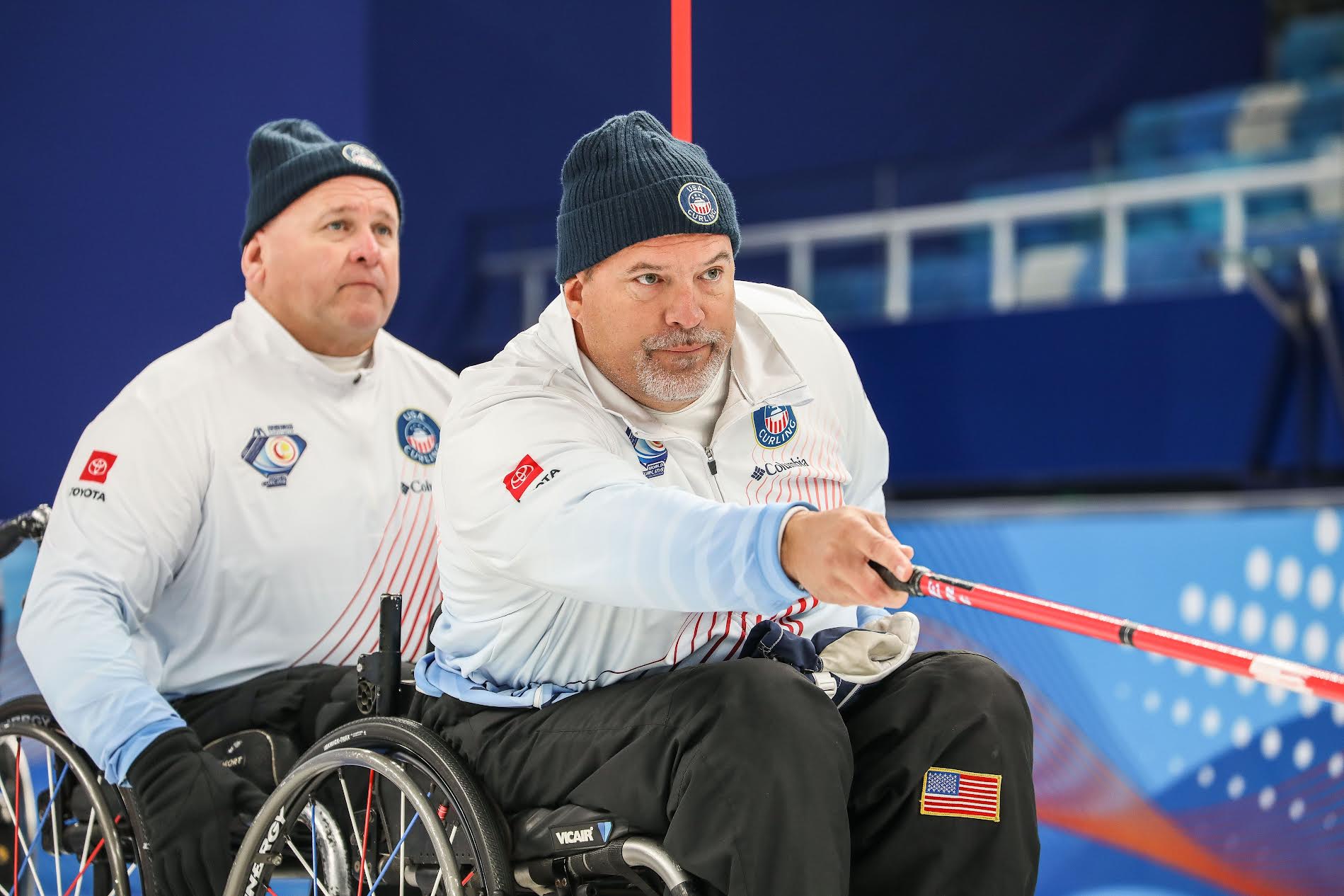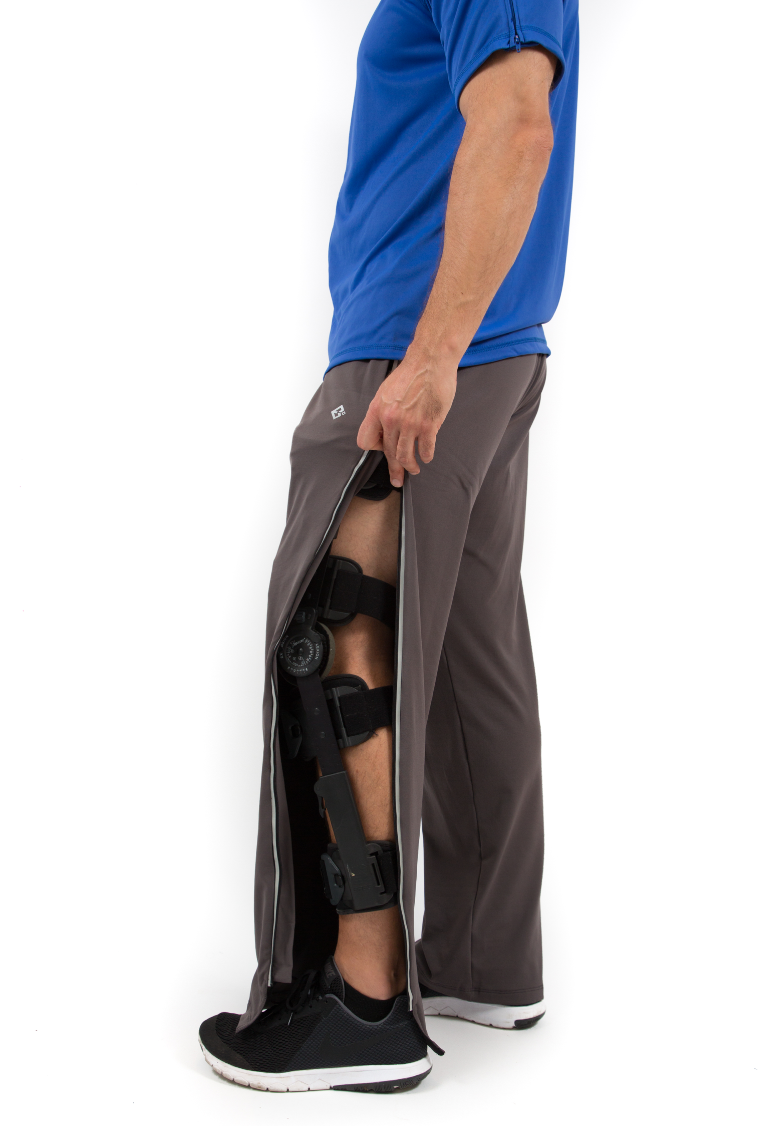Living with any disability or chronic illness can present its set of challenges. The general market of clothes, advertising, and support has not always been created with your needs in mind. Luckily things are changing! Reboundwear and Looking Beyond Disability both seek to fill a need that has been historically unmet in the differently abled community.
In February, Reboundwear Founder and CEO, Bimla Picot, took part in a workshop with Looking Beyond Disability. Looking Beyond Disability is a resource for parents, teachers, and professionals who work with children, teens, or adults with sensory processing disorders, and behavioral and learning challenges. Their aim is to create a united community so that people with disabilities, and those that care for them, are supported and given the tools they need to reach their full potential.
Below you will find a portion of Bimla’s Interview with Rosa from Looking Beyond Disability. Rosa is interviewing from the perspective of a parent with a special needs child! Please be sure to check back in for the next installment, you can stay up to date on our new blog posts by subscribing or following us on IG @ Reboundwear!
R: Welcome to Looking Beyond Disability, for today’s webinar we have the founder and CEO of Reboundwear, Bimla Picot. Please take a moment to introduce yourself!
B: It’s so lovely to meet you! I am Bimla Picot, founder and CEO of Reboundwear. We make functional and fashionable adaptive clothing for people of all abilities.
R: I will say, the clothes are very fun and fashionable! I really love the colors that you choose!
R: What made you want to create adaptive clothing?
B: As a mother, a daughter, and a friend, I found myself playing the role of caregiver over the course of 6 months. All of these loved-ones had varying health issues or conditions that were limiting to their mobility. What I noticed during my time caring for them was that even though their health issues were distinctly different, they all struggled with similar routine tasks, like getting dressed and undressed, receiving medical treatments, or attending physical or occupational therapy in “regular” clothes. It was a negative contributor to the way they felt, but it wasn’t something that was treatable with information provided by their doctors.
When I started the company, I interviewed people in the community to see what needs they had that typical clothing wasn’t meeting. They were all so positive, they spoke of how much they love their lives and enjoy music, art, school, socializing just like we all do, but the hardest thing across the board was getting dressed. To them the struggle was insulting, debilitating, and took the dignity out of their lives.
Dressing and undressing is something so basic that we all do every day, most of us don’t think about it. But when it affects you…
R: It affects your self esteem, right? It’s not that you can’t do it, it’s just the way the clothes are designed are not compatible. It’s different.
B: Exactly! Well, I knew that I was having these issues with my own family, and I started to think, I’m probably not the only person who is experiencing this. So, I began looking into the market, and asking questions like, “who else is having this problem?” and “what does the market look like?” I spent many years researching before I finally came up with the designs for Reboundwear, which I will touch more on later. But, one thing that really stuck out to me during the research phase was the evidence on the mind-body connection, it has been scientifically confirmed that it is a real thing. How you look, and how you feel truly affect your mental disposition.
My friend’s dad was a very distinguished and successful doctor in New York, unfortunately one day he ended up in the hospital with a health issue and it took him a while to recover. When they cleared him to go home and prescribed him physical therapy, he didn’t own any clothes to exercise properly in, as he had never even worn blue jeans aside from on the weekends. My friend called me from Washington and said, “hey listen, my dad needs clothes and sneakers for PT, can you pick something up for him?” Of course I said yes and promptly dropped off some proper attire for him to exercise in.
When I went to take him to his physical therapy appointment the next day, it was like I was looking at a new person! He was dressed and ready in his new exercise clothes, commenting on how he felt like an athlete! He was psychologically out of his hospital gown, his sick clothes, and his depressed mental state, and was ready to take on his physical therapy appointment, if not even get competitive with it! It energized him, inspired him to feel better faster, and pushed him to work harder during the recovery phase so that he saw better outcomes later on.
R: That is so important! Just being in the hospital, you are already worried, because something is obviously not quite right for you to be there. But, I never thought about the link between the clothing, like a hospital gown, and whatever has brought you into the hospital. There definitely is a mental association there, there is a connection.
B: Yes, there is a connection. And during our research, the doctors informed us that, with children (we also have a line of children’s adaptive clothing), the most critical thing regardless of who the child is or what they are experiencing, is that you always want to maintain a sense of “normalcy.”
Whatever that may mean for your child, ex. Bringing in their favorite toys or stuffed animals, bringing their favorite books or video games, maintaining regular socialization with video calls if they are up to it, playing their favorite music, watching their favorite shows, arts/crafts, etc. Whatever normal looks like for them, if they are in a situation that requires hospitalization, maintaining it is key to a healthy mental outcome.
Many children are in the hospital living in hospital gowns because they are attached to so many monitors and IVs. These clothes give them a sense of normalcy, in that they can feel like they are wearing a cool t-shirt and pants like they normally would to school or playtime, but they are still able to receive their treatments without hindrance. This can immediately have a positive impact on the mental health of everyone in the family, including the child, because the situation doesn’t “look” as scary anymore. It provides both a physical and mental sense of comfort.
R: How has the adaptive clothing been received by the market?
B: So we have been selling for about 7 years now. We tested the market in a beta for about 2 years, and people were like, “Oh my god! What took so long?!”
R: Exactly! There are not many adaptive clothing options, especially when you are in the hospital. Everyone just goes for what they assume will be an easy solution, sweatpants and a baggy t-shirt, but that doesn’t always work out the way you think it will. Especially if you have mobility or fine-motor issues.
B: And the scope really expands outside of the hospital too. We did a focus group with a well-known hospital, The Hospital for Special Surgery in New York, and the physical and occupational therapists there told us that people that aren’t in the hospital still come regularly for physical and occupational therapy appointments. Their patients struggle with changing for their appointments and missing out on appointment time because of it, as well as finding comfortable clothes that allow their therapist to manipulate the treatment area as needed.
They were really excited by the idea that patients could wear these pants or shirts all day, as they look like “normal” clothes, and then attend their therapy appointment without the need to change. And the best part is that the clothing doesn’t need to be removed to manipulate or treat the area with ice or heat, so there is no need for patients to feel embarrassed while they are being treated. Ill-fitting clothing can also be a hindrance, so the fact that these are cut like athletic tops and pants works really well for this application.
Most of our customers get daily treatments like infusions, dialysis, chemotherapy, and others are dealing with surgeries like rotator cuff surgery, repairing torn labrums, hip replacements, mastectomies. We also have many customers who have limited mobility, or fine motor issues all of which hinder their ability to dress in “normal” clothing.
When I was caring for my loved-ones I was always worried I was being too rough or that I was hurting them while trying to help them dress. I was frustrated that I couldn’t be more sure that I was doing a good job, or that I couldn’t perform the task more quickly. So it is stressful for everyone. So this was just…
R: An amazing idea! Because it’s more than clothing, you’re bringing solutions to real life problems.
B: Thank you!
Be sure to follow us on social media to be notified of the next installment of this series, where Bimla and Rosa continue to discuss how Reboundwear was built, who it is for, and what some of its applications are!





Leave a comment
All comments are moderated before being published.
This site is protected by hCaptcha and the hCaptcha Privacy Policy and Terms of Service apply.